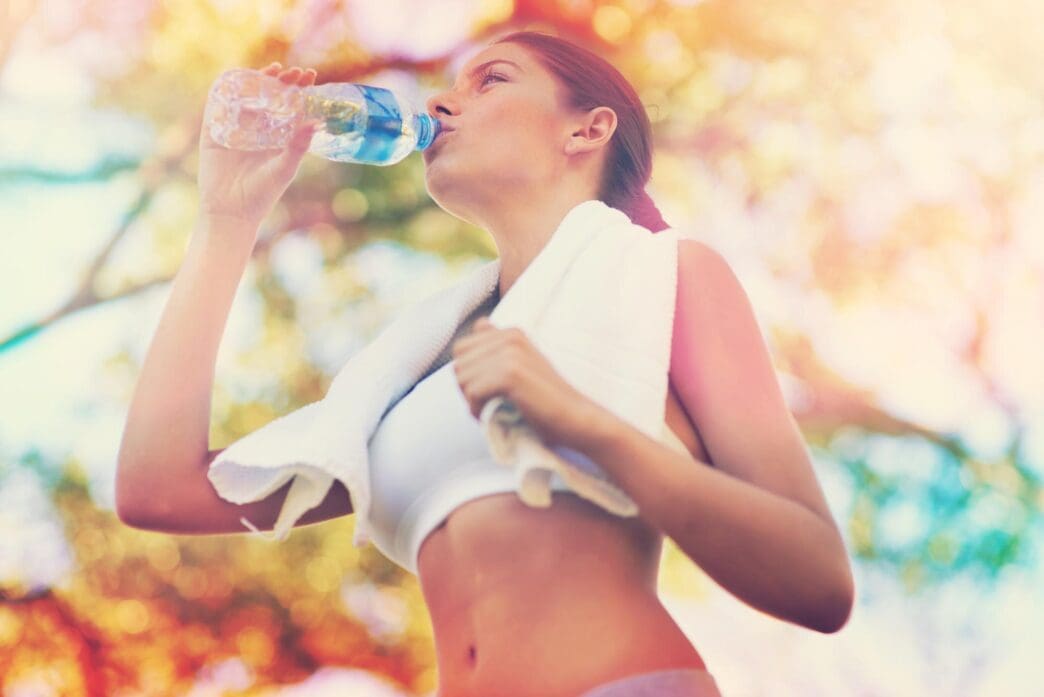A Quick Takeaway
The Story Behind the Trend
How to Make It Work for You
The Community View
Conquering summer runs and achieving peak performance hinges critically on mastering expert hydration strategies, a non-negotiable aspect for runners of all levels when temperatures soar. Proper hydration, encompassing strategic fluid and electrolyte intake before, during, and after your training, is essential for maintaining physiological function, preventing heat-related illnesses, and ensuring your body can perform optimally in challenging conditions.
Why Summer Hydration is Non-Negotiable
Running in warm weather significantly increases sweat rates, leading to a faster depletion of body fluids and essential electrolytes. Even a small degree of dehydration can impair performance, causing fatigue, a reduction in blood volume, and an elevated heart rate as your body works harder to cool itself. Neglecting proper hydration also escalates the risk of serious heat-related conditions, including heat cramps, heat exhaustion, and potentially life-threatening heatstroke.
Pre-Run Hydration: Building Your Reservoir
Effective hydration begins long before you lace up your shoes. Starting your run adequately hydrated, often referred to as “pre-loading,” ensures your body has a sufficient fluid reservoir to draw upon. Aim to consume approximately 16-20 ounces of water or electrolyte-rich fluid 2-3 hours before your run, followed by another 8-10 ounces 10-20 minutes prior to starting.
For longer or more intense runs, consider incorporating fluids with a balanced electrolyte profile to prepare your body. Avoid overly sugary drinks, which can lead to stomach upset or energy crashes during your workout.
During-Run Hydration: Replenishing on the Go
Maintaining hydration during your run requires consistent, conscious effort, as thirst is often a delayed indicator of dehydration. The general recommendation is to sip 4-6 ounces of fluid every 15-20 minutes, adjusting based on your individual sweat rate, run intensity, and environmental conditions. For runs lasting longer than 60 minutes or those with high intensity, incorporating a sports drink with electrolytes and carbohydrates becomes particularly important.
These drinks help replenish not only fluid but also critical salts and provide energy to sustain performance. Various options like handheld bottles, hydration vests, or waist belts can make carrying fluids convenient and accessible.
Post-Run Hydration: Recovery and Rebalance
The rehydration process doesn’t end when your run does; it’s a crucial component of recovery. Immediately after your run, focus on replenishing both the fluids and electrolytes lost through sweat. A useful strategy is to weigh yourself before and after your run to estimate fluid loss, then aim to consume 16-24 ounces of fluid for every pound lost.
Drinks containing sodium and potassium, such as sports drinks, coconut water, or even chocolate milk, can accelerate rehydration and electrolyte balance. Additionally, incorporating water-rich foods like fruits and vegetables into your post-run meal aids in overall recovery.
Electrolytes: More Than Just Water
Electrolytes—including sodium, potassium, magnesium, and calcium—are vital minerals that play critical roles in nerve function, muscle contraction, and maintaining fluid balance within the body. While plain water is sufficient for shorter, less intense runs, these electrolytes become indispensable during longer efforts or when sweating heavily in the heat. Their depletion can lead to muscle cramps, fatigue, and impaired athletic performance.
Sources of electrolytes include specialized sports drinks, electrolyte tablets dissolved in water, and certain whole foods like bananas (potassium) and leafy greens (magnesium).
Recognizing Dehydration and Hyponatremia
Understanding the signs of both dehydration and its less common but serious counterpart, hyponatremia (overhydration), is crucial. Symptoms of dehydration include increased thirst, dark urine, fatigue, dizziness, and headaches. Conversely, hyponatremia occurs when blood sodium levels become dangerously low, often from consuming excessive amounts of plain water without adequate electrolyte replacement. Symptoms can include swelling, nausea, headache, and confusion, underscoring the importance of balanced hydration.
Smart Strategies for Summer Running
Beyond hydration, several practical tips can enhance your summer running experience. Schedule your runs during the coolest parts of the day, typically early morning or late evening, to avoid peak heat. Opt for light-colored, moisture-wicking clothing that helps dissipate heat and sweat. Allow your body time to acclimatize to warmer conditions, gradually increasing your exposure and intensity over several weeks. Always be aware of your route’s water access points and check weather forecasts to prepare adequately for environmental conditions.
Prioritizing Safety and Performance
Mastering hydration is paramount for any runner looking to safely and effectively train through the summer months. By proactively managing your fluid and electrolyte intake before, during, and after your runs, you empower your body to perform at its best while mitigating the risks associated with heat and humidity. Listen closely to your body’s signals and adjust your strategy as needed to ensure a sustainable and enjoyable running journey.







